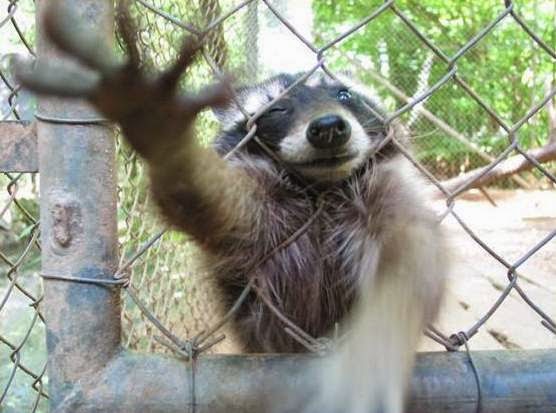Often one is ask what is written about the ancient Celts and Druids?
And when one reads a modern Author you see them quoting historic Authors and literary works that most of us never heard of in History classes or have setting in the dust of our book shelf's .
Yet it would be so nice to read these ancient leaves with our own eyes in full instead of a hinted nibble predigested for us.
And of course most of us will need to use the Translations of Great Linguistic polymorphic minds.
But were to find them and for Free too all in one place to boot ???
MaryJones has come to our Rescue in this case !!!
>>
CELTIC LITERATURE COLLECTIVE
This is an attempt to collect as many possible early and medieval texts produced in the "Celtic" countries, or on Celtic themes (hence the inclusion of Continental Arthurian works). Some works are actually links off-site; others are provided here at the CLC.
I should note that most of the translations are old--often seventy-five years and older. The older the translation, the worse it seems to be, especially the Welsh. However, given the copyright laws, I cannot give anything more recent (or more accurate) without running into trouble. Even if a book is out of print, that doesn't mean its copyright has run out. There are a few exceptions, namely James Clancy's translation of "Y Gododdin", used with the (after-the-fact) permission of his son. The other is Dell Skeel's translation of the Didot Perceval text, from the 1960s; again, I'd like to thank both Mr. Skeel and Thomas Clancy for allowing me to provide these translations to the public.
Some day, if I ever become competent at Old/Middle Irish and Welsh, I'll attempt my own translations; for right now, though, they'd be even worse than the worst translation provided here.
The Current Texts, By Category:
Greco-Roman Texts
Pre-Christian Celtic Texts
Medieval Latin Historical Texts
Celtic Ecclesiastical Texts
Irish Texts
Welsh Texts
Scottish Texts
Cornish Texts
Breton Texts
Manx Texts
Continental & English Arthurian Texts
<<
TDK / The Druid King












